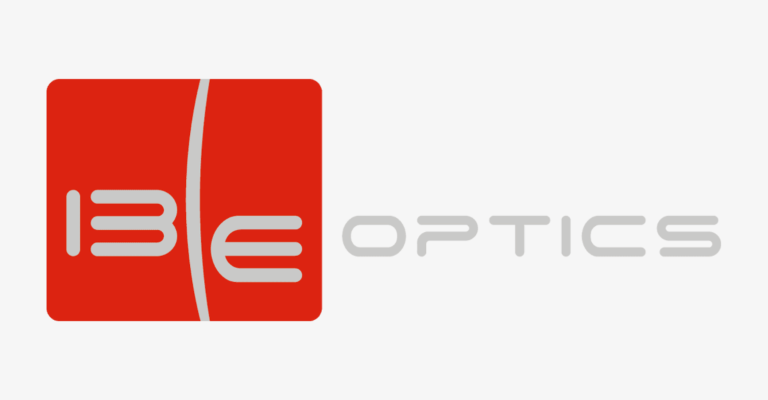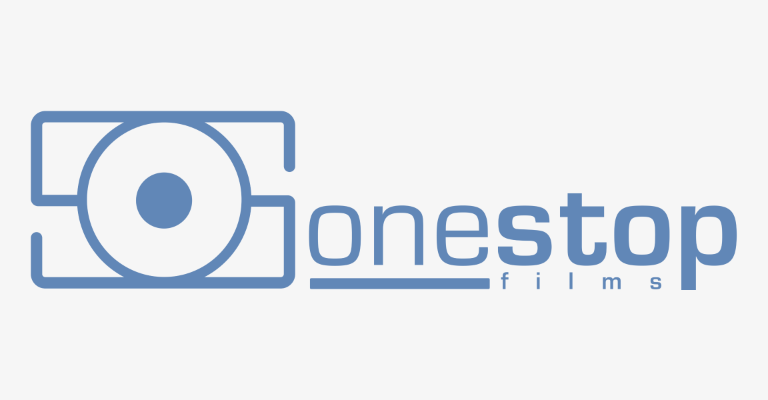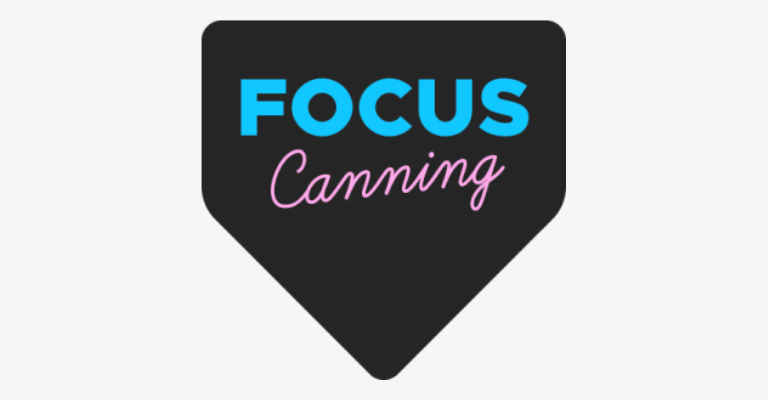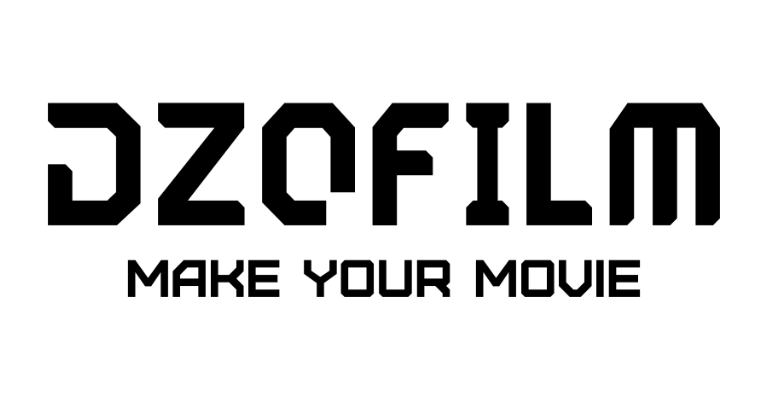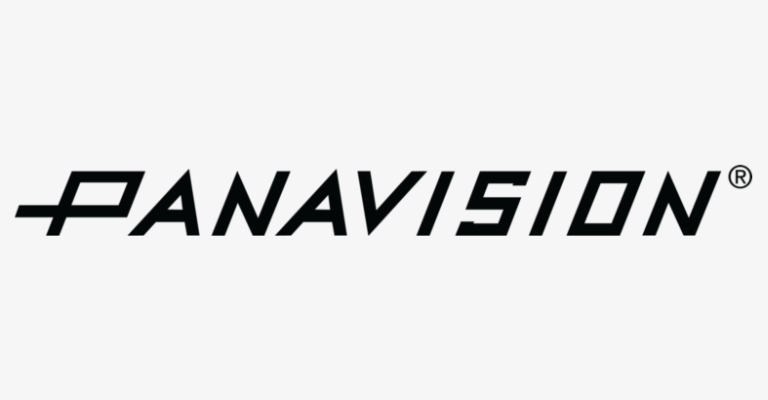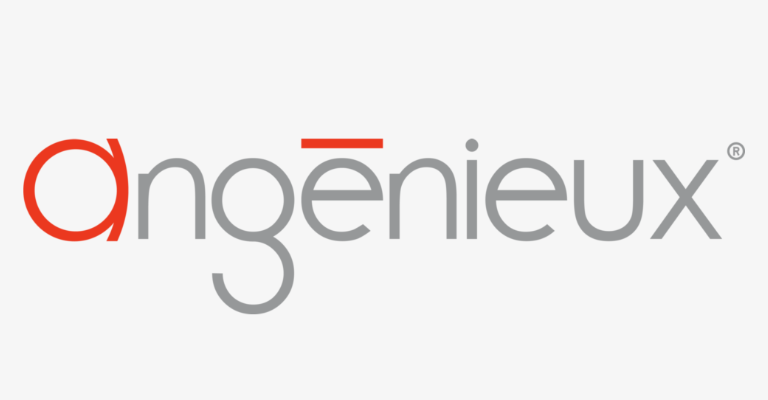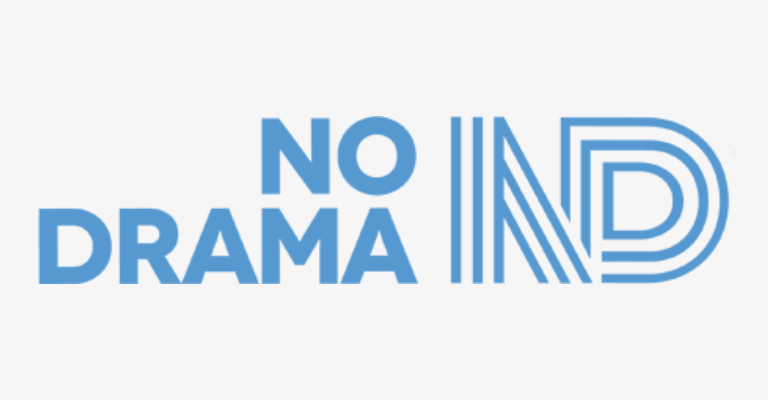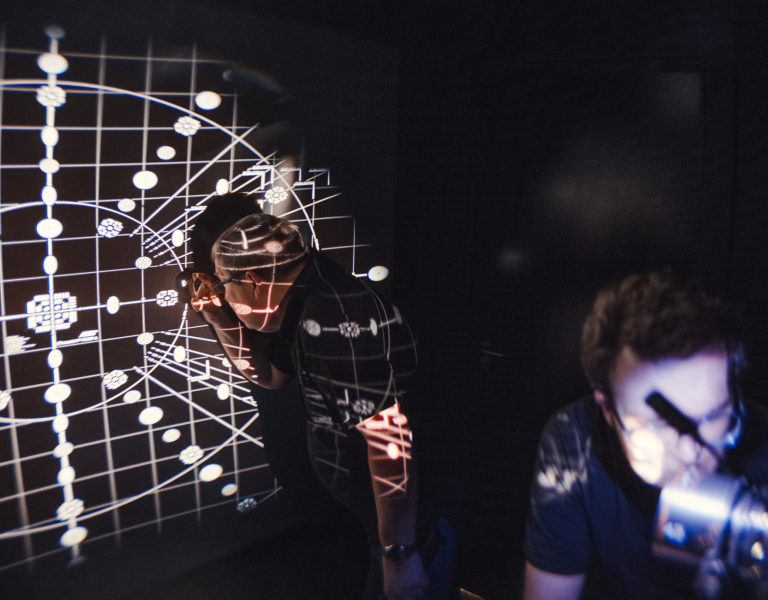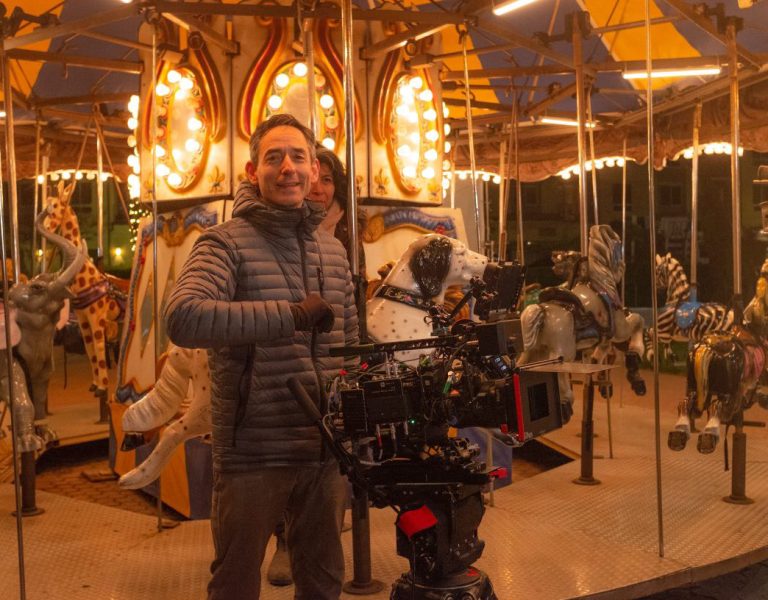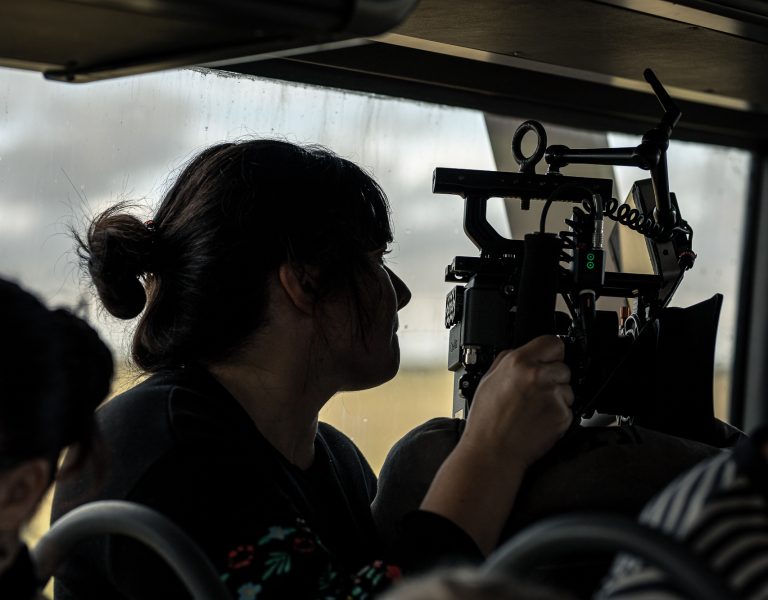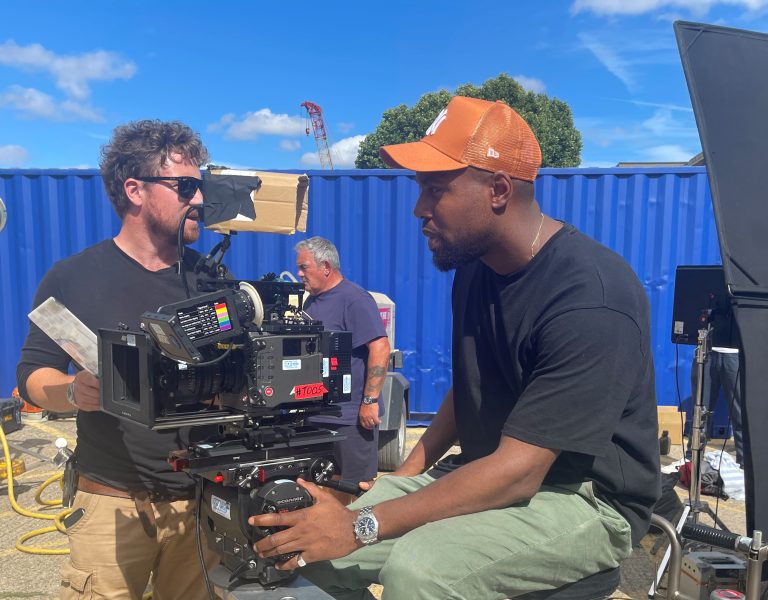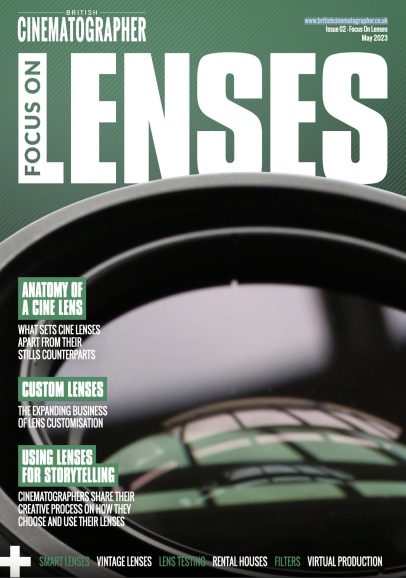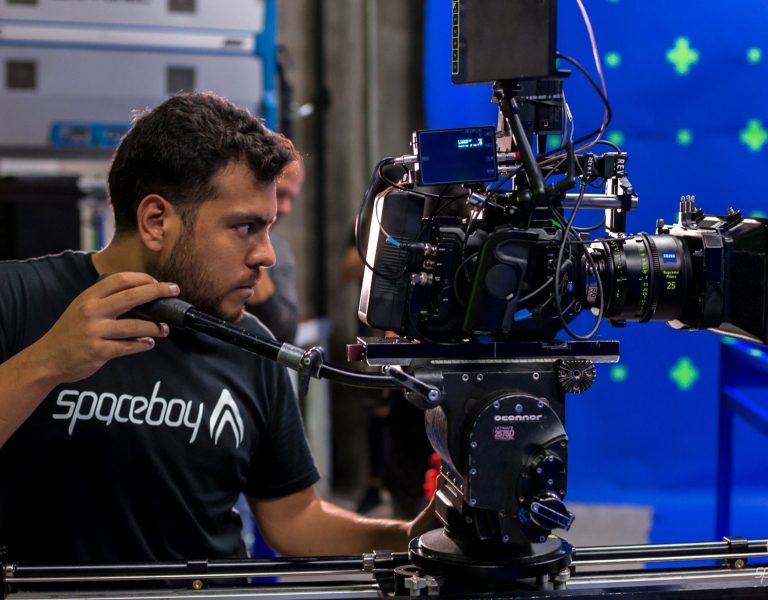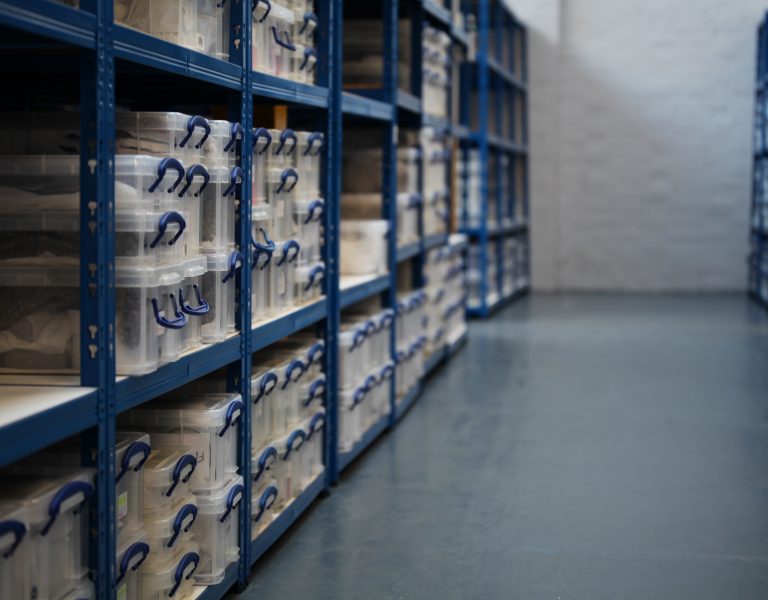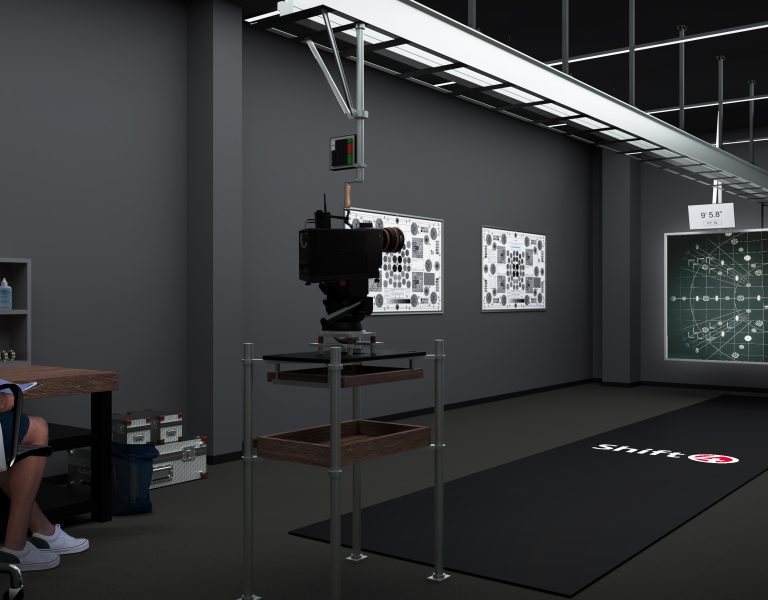CREATIVE JOURNEY
Production: Papercut
Cinematographer: Simona Susnea
Director: Edward Heredia
Production type: A six-minute short film for the BBC Young Creatives Scheme. A hybrid of drama and dance.
Lens(es): Meru Anamorphic
Lenses supplied by: One Stop
Camera: RED Dragon
Look you needed to achieve: Low key and sombre, wintery feeling, soft lighting through the windows. Dark and naturally moody interiors where the world feels realistic, but with subtle elements of style which anticipated the hybrid nature of the project. The film was a hybrid drama – experimental, where the world goes into a surreal state when the conflict between the mother and the son is resolved through dance. I introduced a saturated blue prac off camera in the boy’s bedroom and pops of colour through tungsten practicals to contrast the gloomy world. For the mother-son dance section I wanted a highly saturated magenta mood that gave the scene a dreamy quality. The world needed to feel monotonous and heavy, so I relied on the anamorphic lenses to give me more texture (than spherical lenses would) as a consistent element between interiors and exteriors and to underline the heightened emotional tone of the piece.
Lens testing process: The commissioner, BBC Film, didn’t approve of the aspect ratio of the 2x anamorphic lenses I set out to use. I decided to still go ahead with the anamorphic but find a way to achieve a 16×9 aspect ratio in camera instead and embed the texture of anamorphic into what seemed to be shot spherically. This way the anamorphic look was part of the language, but without the 2:39 ratio. Testing the lenses was really a process of figuring out the correct sensor mode on the RED Dragon camera, checking through the amount of noise in that specific sensor mode and ultimately making a choice between Meru and Elite Anamorphic lenses. The Merus won me over with their sharp, classic anamorphic flare, less distortion, more contrast, and little breathing. I felt they held the world together more than the Elite would have. The Elite Anamorphic lenses were lovely, but their character was softer with less shape to the flares, a little less control overall. I wanted a richer, more contrasty feeling from the lenses to balance out the soft lighting approach.
Why your chosen lens was the most appropriate: They fitted my vision for the story and the world the director and I wanted to create. They gave me the chance to introduce elements of style that I could control and balance out between the natural and dreamy/magical realism sections of the film. I was very keen to experiment with anamorphic and sell it as a “spherical”, in camera look.
Filters used: None.
Challenges faced and how they were overcome: The low budget nature of the project, lack of time, and weather inconsistencies which affected the schedule. Otherwise, the lenses were easy to work with and delivered what I wanted. I complemented the look in the grade, but it was subtle and applied to what was created in camera.
Lens lessons this production taught you: Testing is at the base of discovery and shaping up the visual language. It is like a treasure hunt! Get into it for the creativity of the process and just be open minded about the result. Always push for bold ideas if you believe it supports the story and helps you come up with something original. It’s what keeps me going. Even if I fail, I will learn something new. The cameras won’t always change, but the lenses open the door to a world that you can innovate endlessly.



